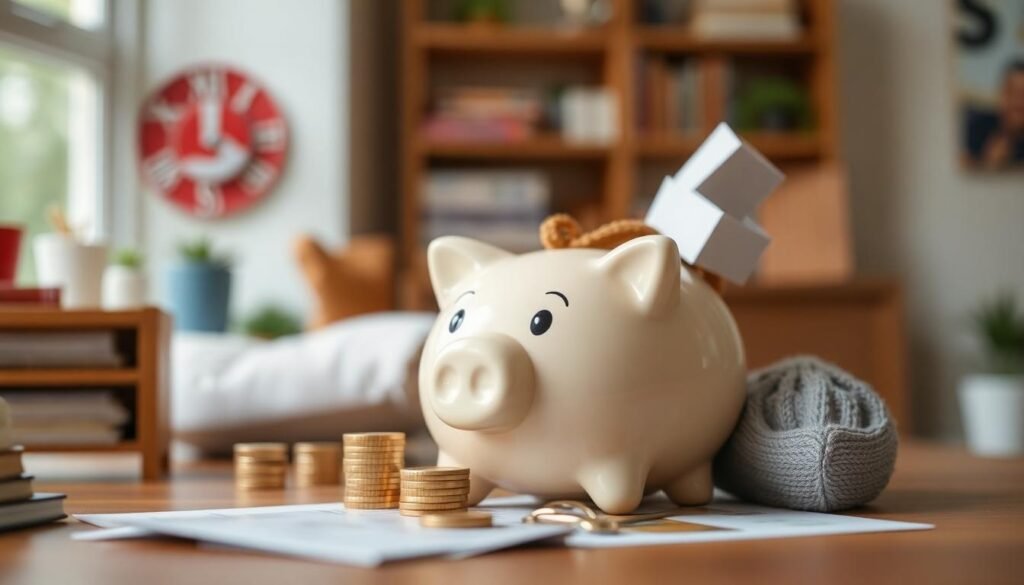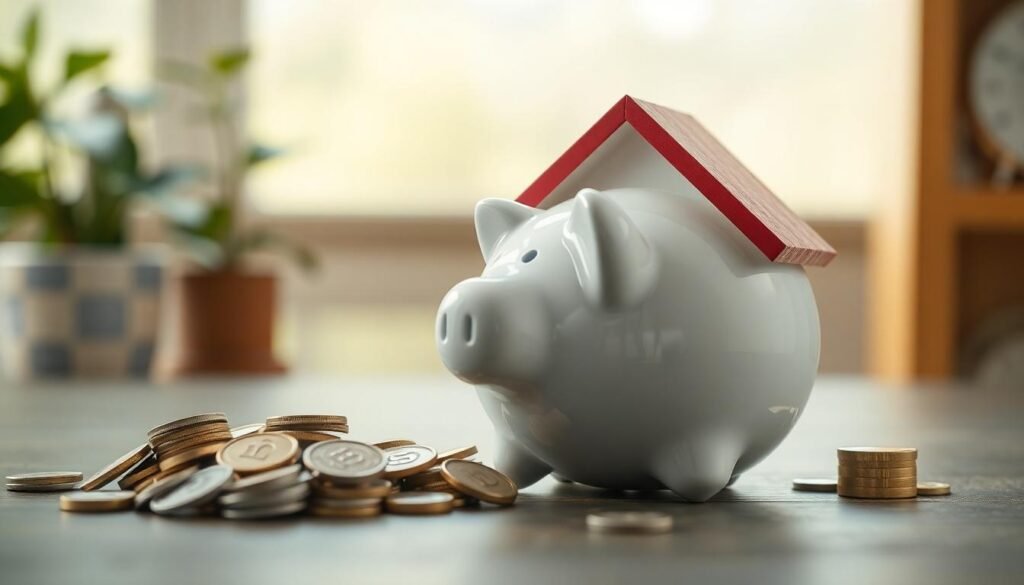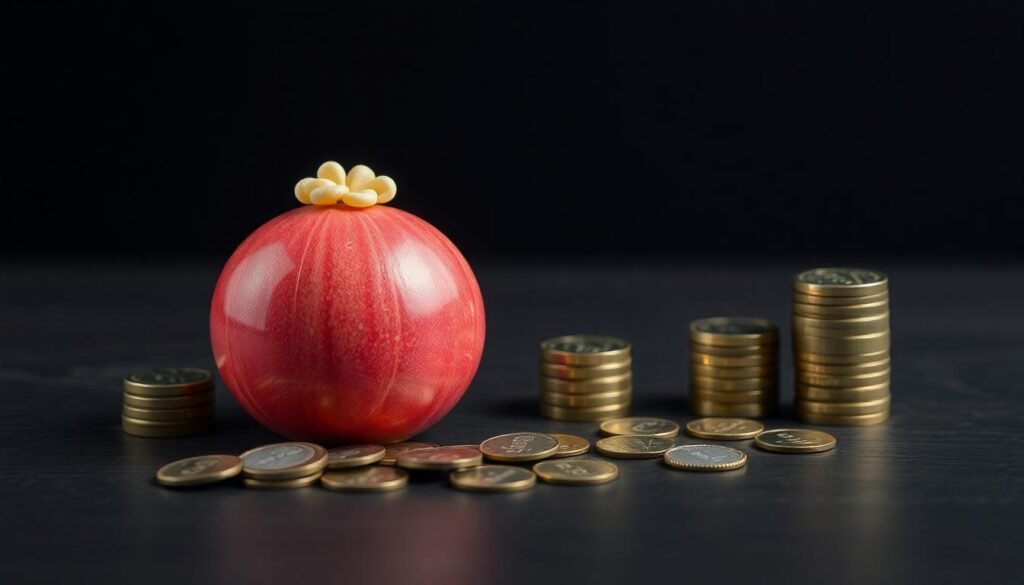An emergency fund is money set aside to handle unexpected events like job loss, medical bills, or urgent home repairs. Its real purpose is to keep daily life on track during financial shocks without piling up debt or raiding your long-term savings. When it comes to how much you really need, most experts say three to six months of living expenses is a solid rule of thumb. The right amount should fit your situation, but having cash ready can mean the difference between financial stress and peace of mind. This post breaks down what counts as an emergency, how to decide your target amount, and the best ways to build a cushion you can count on.
How Much Should I Have in My Emergency Fund?

Figuring out the right amount for your emergency fund starts with a hard look at real-life numbers. While the classic advice is to stash away three to six months of living expenses, your situation may call for more or less. It is not one-size-fits-all, and the smartest path is to shape your fund based on what you need to keep things running if money stopped coming in tomorrow.
Calculating Your Essential Monthly Expenses
To find your emergency fund target, you first need to know your core costs. These are not extras or luxury buys—these are the bills that have to get paid no matter what. Here’s how I break it down:
- Housing: Your rent or mortgage payment, plus any mandatory property tax or HOA fees.
- Utilities: Electricity, water, gas, trash, and basic internet.
- Groceries: Think about your regular, no-frills food budget. Skip takeout and focus on staple foods.
- Insurance: Health, auto, renter’s, or homeowner’s insurance premiums.
- Minimum debt payments: Monthly required payments for student loans, car loans, or credit cards.
- Transportation: Gas, basic auto maintenance, or public transit passes to get to work or necessary locations.
- Medical needs: Prescription medications or routine care if you don’t have insurance.
For most people, these essentials make up about 70-80% of their spending. Here’s a simple, practical way to total up your expenses:
- Pull up your bank and credit card statements from the last three months.
- Highlight or list each expense that fits into the “must pay” basket.
- Add up the total for a typical month.
- Average the numbers if they swing month-to-month.
Let’s say your essential bills are $3,000 each month. If you want three months’ peace of mind, your goal is $9,000. If you want a stronger cushion, $18,000 covers six months. This number is your starting point—not your finish line.
Customizing the Size of Your Emergency Fund
Your personal situation changes the math. Different jobs, family structures, and incomes can stretch or shrink the amount you need in the bank.
Key factors to weigh:
- Job security: If you have a stable, long-term job or work in a high-demand industry, a three-month cushion may be fine. If you’re self-employed, in the gig economy, or your work is seasonal, aim for six, nine, or even twelve months of expenses.
- Household size: Have kids or dependents? Bigger families mean more essentials and more surprises. Factor in extra costs for food, childcare, or health.
- Health concerns: If someone in your home has a chronic condition or you have high insurance deductibles, add a buffer for unexpected medical bills.
- Single income or sole provider: If you’re the only earner, double down on your emergency fund. You’ll need enough to support everyone in your household during a job loss or health issue.
- Variable income: Freelancers, sales professionals, or gig workers see big income swings. To ride out droughts, target at least six months of expenses—or more if paychecks come unpredictably.
- Just starting out: If saving is new to you, begin with a small milestone. $500 or $1,000 covers many small crises. Then, inch up to one month, then three months, as your income allows.
Real-world examples:
- A single renter in stable tech job: $2,000/month in expenses, wants four-month buffer = $8,000 target.
- Married couple, one income, two kids: $4,500/month in expenses, aims for six months = $27,000.
- Self-employed photographer: Expenses are $3,500/month, but gigs dry up seasonally, targets nine months = $31,500.
It’s okay if your perfect fund feels big. Breaking it into mini-goals makes saving realistic. The important part is tailoring your target to your actual risks and financial life—not someone else’s generic advice. Review your math every year or after major life changes, and don’t be afraid to adjust as life shifts.
Best Practices for Building Your Emergency Fund

Building up your emergency fund is easier with the right steps in place. You want to make saving automatic, pick accounts that keep your money safe but easy to access, and keep up momentum even when it’s slow going. Here is how I recommend getting started and actually sticking with it, no matter where you are in your savings journey.
Choosing the Right Account for Your Emergency Fund
Where you keep your emergency cash truly matters. The goal is to get a safe spot that also pays you a little interest and lets you get to your money fast when you need it most.
Top picks for emergency fund accounts:
- High-yield savings account: Online banks and some credit unions offer these. They’re federally insured (FDIC/NCUA coverage up to $250,000 per person), pay much higher interest than typical savings, and usually let you pull out money quickly. Look for one with no minimum balance or monthly fees.
- Money market account: It’s a similar idea—these accounts combine savings with some check-writing and debit card access. They’re also insured and tend to pay higher rates than regular savings.
- Regular savings account (at your main bank): If you struggle to keep your savings “out of sight, out of mind,” this might not be best, but the ease of linking to checking makes transfers simple in a pinch.
Key factors to consider:
- Quick access: Your emergency fund is only helpful if you can reach it right away. Skip accounts that limit withdrawals or tie up your money, like CDs or investments.
- Safety: Always check that the account is federally insured. Skip risky apps or uninsured fintech startups for this purpose.
- Ease of withdrawals: Make sure you can move money the same or next business day. Some accounts may allow ATM access, while others let you transfer straight to checking.
- Avoid temptation: Keeping your emergency fund in a separate account from everyday money helps prevent “accidental” spending, while still giving you access in a true need.
When you’re picking an account, balance the best interest rate you can find with reliable, quick access and trusted protections. This strikes that middle ground of earning something on your cash without putting it at risk.
Sticking to Your Savings Plan
Starting to save is often exciting—but staying the course through setbacks or a tight budget is where most people stumble. I’ve found that making things automatic takes the stress out of building an emergency cushion, no matter your income or savings habit level.
Simple ways to make steady progress:
- Automate transfers: Set up automatic, recurring transfers from your checking to your emergency fund right after payday. Even $10, $25, or $50 a week can add up fast and you won’t forget.
- Start small, grow over time: If saving months of expenses feels impossible, aim for a $500 or $1,000 milestone first. Reach that, then stretch for one month, then three months.
- Use windfalls: Tax refunds, bonuses, or cash gifts make perfect “surprise” contributions. Drop part or all of any windfall straight into your fund before you’re tempted to spend it.
- Round up purchases: Many banks and apps let you round up every debit card purchase to the next dollar, automatically moving the spare change into savings. These micro-deposits are painless but surprisingly effective.
If your budget feels stretched:
- Treat your emergency fund like a bill. Pay yourself first, even if the amount is tiny.
- Look for expenses you can trim or pause, like unused subscriptions or dining out.
- Any “extra” monthly cash, like canceling a service or refund, goes into savings right away.
- Celebrate milestones. Hitting each $100, $500, or $1,000 saved is progress worth noticing.
Motivation can dip, especially if you need to tap the fund for a real emergency. Remember, that’s its actual purpose—using it once doesn’t mean you failed. Simply restart small contributions when you can. Consistency beats perfection every time.
Building an emergency fund is a marathon, not a sprint. By setting up your savings on autopilot and keeping your money in the right spot, you’re setting yourself up for real protection and peace of mind, one steady deposit at a time.
When and How to Use Your Emergency Fund

Setting up an emergency fund is about preparing for the unexpected. But it is just as important to know when to actually use this fund and how to respond once you have tapped into it. Clear ground rules help you stay disciplined, which ultimately protects your long-term security. Knowing how and when to tap into your emergency fund, combined with a step-by-step plan for replenishment, will keep you from losing the power of your financial safety net.
What Counts as a Real Emergency?
Not every surprise expense should open the door to your emergency fund. The key is using it only for true, urgent needs that put your health, home, or income at risk. Drawing a hard line here helps the fund last longer and keeps you from falling into a spiral of withdrawals for every hiccup.
Here are the types of expenses that qualify:
- Job loss or income disruption: If your regular paycheck stops because you were laid off or your hours were cut, that’s what this savings is for.
- Medical emergencies: Spending to cover a hospital stay, urgent surgery, or sudden care that keeps someone healthy or safe is justified. Non-urgent appointments or elective procedures are not.
- Necessary home repairs: Damage that threatens your safety or living situation counts, like fixing a busted furnace in winter, repairing a leaking roof, or handling dangerous electrical issues. Cosmetic updates or upgrades don’t qualify.
- Urgent car repairs: If your car is your only way to work or school and breaks down, the fund can cover immediate fixes. Routine maintenance like oil changes should be part of your regular budget.
- Unexpected family travel: If you need to travel for a funeral or care for a sick family member, tapping the fund can be necessary.
Expenses that do not count include routine bills, shopping, vacations, or predictable annual payments. Keeping these ground rules front and center avoids depleting your fund for comforts rather than true essentials.
Why discipline matters: This discipline guards your future. Using the fund only in a real emergency means you won’t be scrambling or taking on high-interest debt if something even bigger comes along. That’s how you build not just financial security, but also real peace of mind.
Replenishing Your Emergency Fund After Use
Withdrawing from your emergency fund is not a setback—it’s the reason you built it. The crucial step is building it back up right away. A clear plan helps you regain momentum, so you do not leave yourself unprotected for the next storm.
Here’s a step-by-step system to refill your emergency fund after you make a withdrawal:
- Reassess your budget right away. Look over your monthly spending as soon as possible. Identify areas you can trim or pause, even if it is temporary—cutting back on dining out, streaming services, or impulse buys can make a real difference fast.
- Reset your savings goal. Calculate the new target by adding back what you had to spend. Break it down into smaller milestones—maybe $500 or $1,000 chunks—so progress feels reachable.
- Automate your contributions. Set up automatic transfers, even if the amount is small. When saving happens without effort, your balance grows quietly in the background.
- Apply windfalls and extra income. Tax refunds, bonuses, cash gifts, or side gig earnings are great ways to bump up your fund quickly. Deposit any unexpected money straight into the emergency account.
- Sell unused items. Check your home for things you can sell online: electronics, tools, or even old furniture. Even a few small sales can boost your balance and add motivation.
- Track your progress. Use a spreadsheet, a savings tracker, or an app to watch your emergency fund grow. Watching that number tick up makes every effort feel noticeable and worth it.
Every bit you add counts. It’s easy to feel frustrated after a large withdrawal, but steady progress—even in small steps—is worth celebrating.
Celebrate every milestone: Did you add back $100 or finally hit your first $500 after dipping into the fund? Mark the win. Small rewards (like a homemade treat or posting your progress) build positive habits and keep the momentum going.
If money is tight, do not let shame or disappointment stop you from restarting. Your fund did what it was supposed to do. What matters now is moving forward—even if that means rebuilding with just $10 or $20 at a time. The act of saving again restores your safety net and your confidence for whatever comes next.
Conclusion
Building the right emergency fund starts with a clear target, based on what your life and income require. Consistent habits—like automating transfers and treating your savings as a non-negotiable expense—make the process easier and more reliable. Knowing when to use your fund keeps it available for the moments that truly matter, protecting you from deeper setbacks when life takes an unexpected turn.
The comfort and control that come from a fully stocked emergency fund can’t be overstated. Take a practical first step today, even if it is just a small deposit or reviewing your target number. Your future self will thank you for the peace of mind and freedom you create now.




